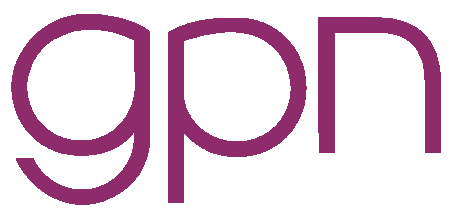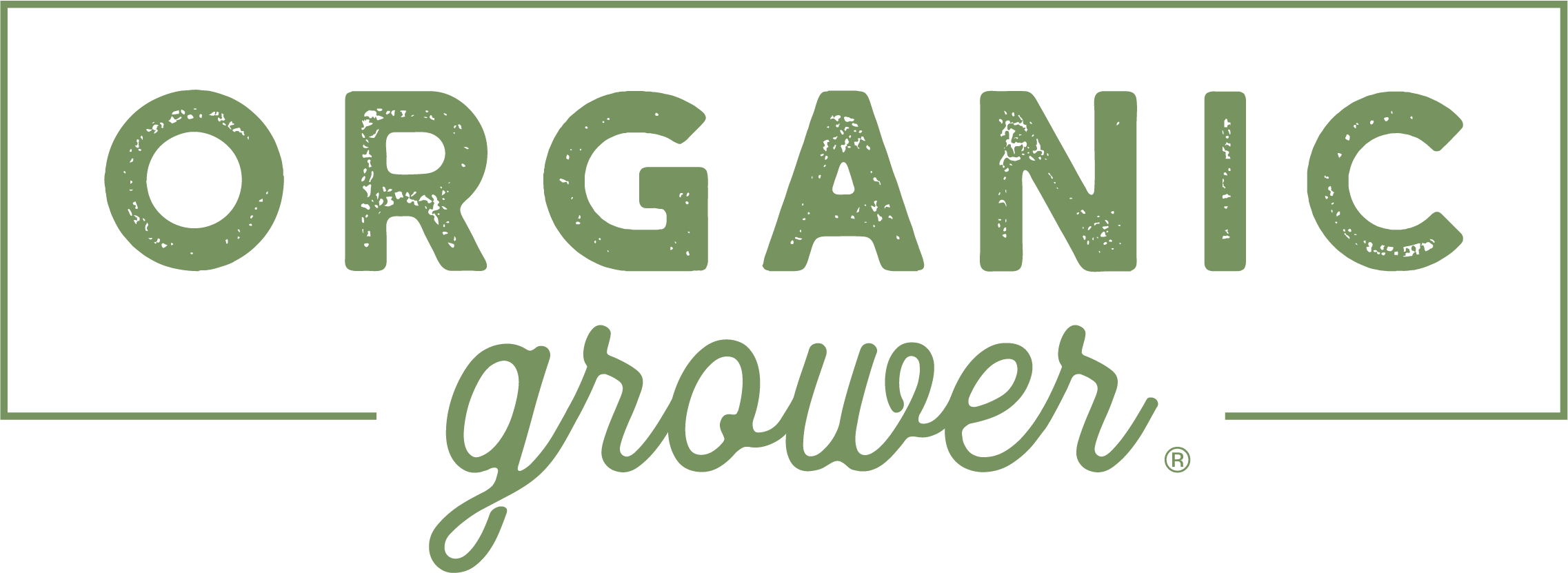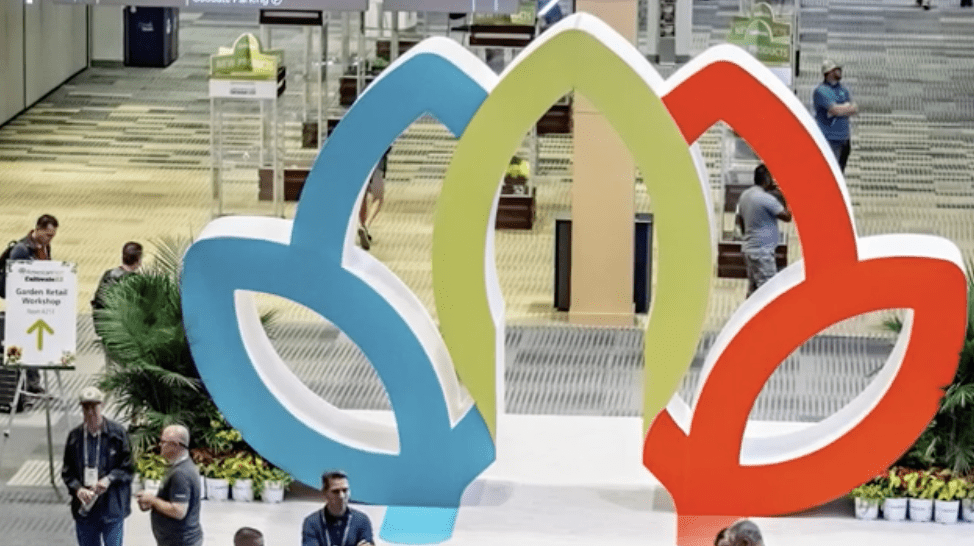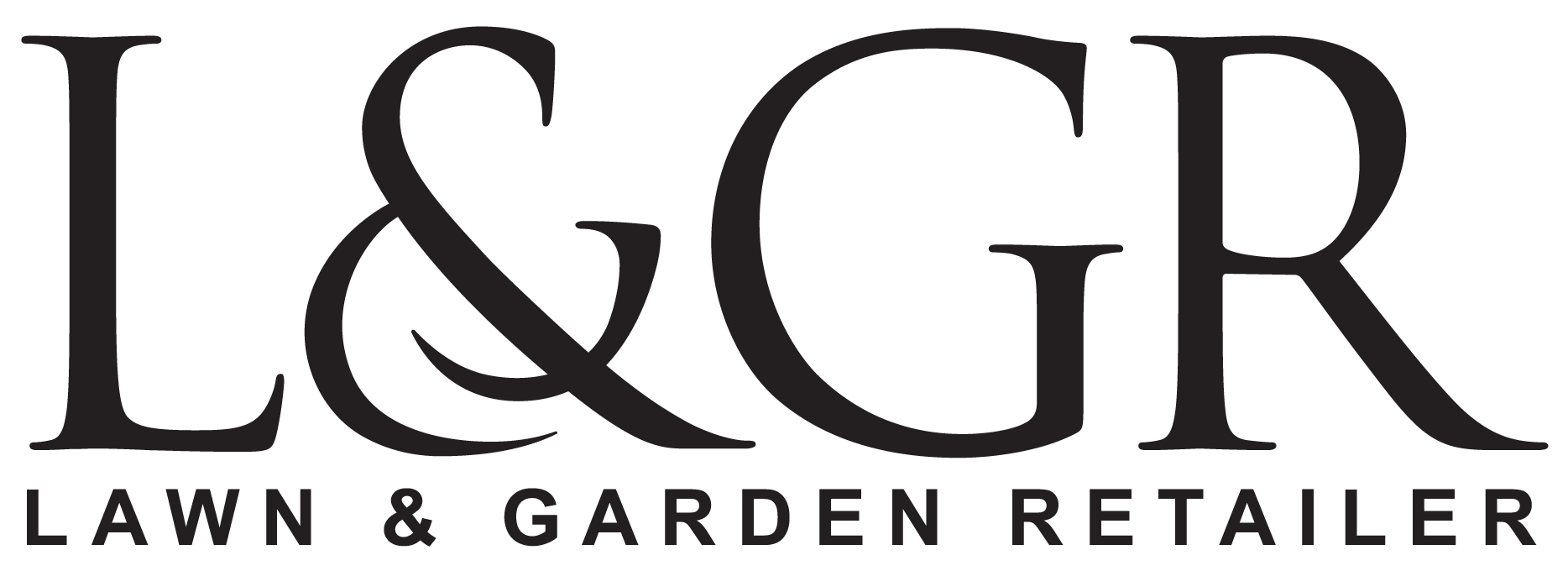
Data logger vs monitoring system for greenhouse control
When it comes to environmental control and compliance in greenhouse operations, it’s essential to choose the right type of data tracking technology. CAS DataLoggers outlines three key differences between data loggers and monitoring systems to help growers make an informed decision:
1. DATA VISUALIZATION
Data loggers offer flexible ways to view data, including LCD screens, computer software, cloud platforms and mobile apps. This makes them ideal for both real-time viewing and in-depth historical analysis.
Monitoring systems primarily display real-time data on local gauges or screens. Historical analysis features are typically limited or not included.
2. ALERT CAPABILITIES
Data loggers can send alerts via email, text or phone call, or trigger external devices like alarms or lights. This allows for fast responses — even when you’re off-site. Monitoring systems may provide basic audio/visual alerts on-site but often lack the ability to send remote notifications.
3. DATA STORAGE & RETRIEVAL
Data loggers store detailed historical data over time, enabling long-term analysis, performance tracking and regulatory compliance.
Monitoring systems focus on live readings. Long-term data storage and trend analysis features may be minimal or missing.
WHICH SHOULD YOU CHOOSE?
Use a monitoring system if you only need real-time visibility and basic alerts.
Choose a data logger if you require historical tracking, advanced notifications and comprehensive data analysis.
For more, please visit CAS DataLoggers at dataloggerinc.com.









 Video Library
Video Library 


















